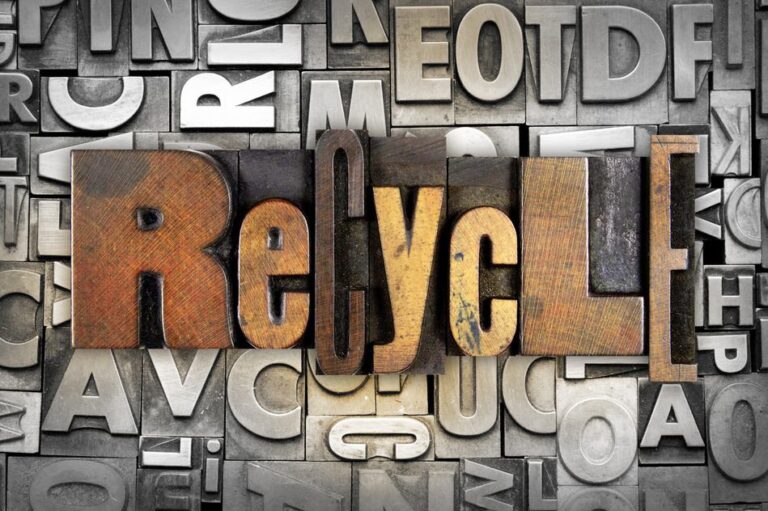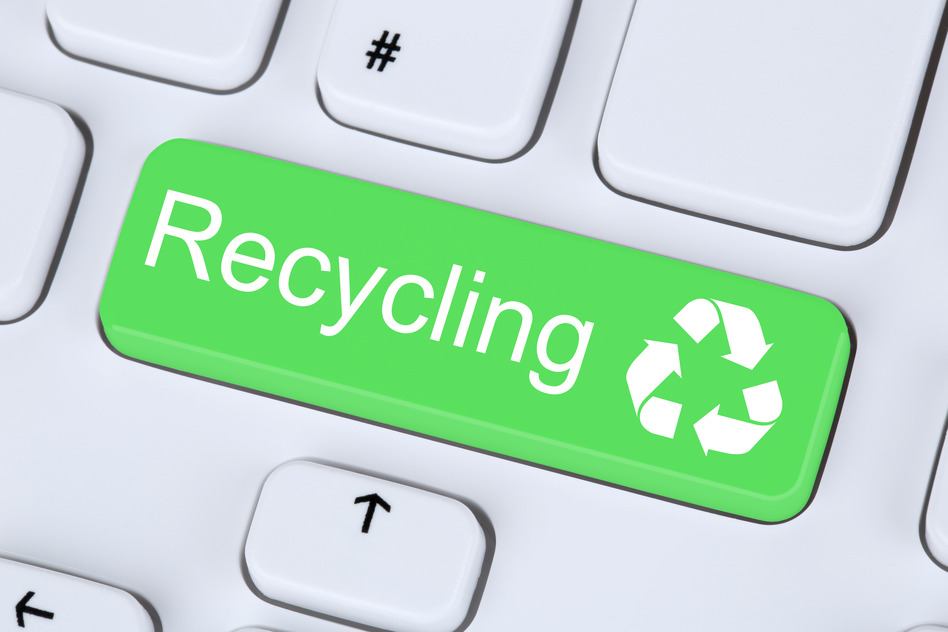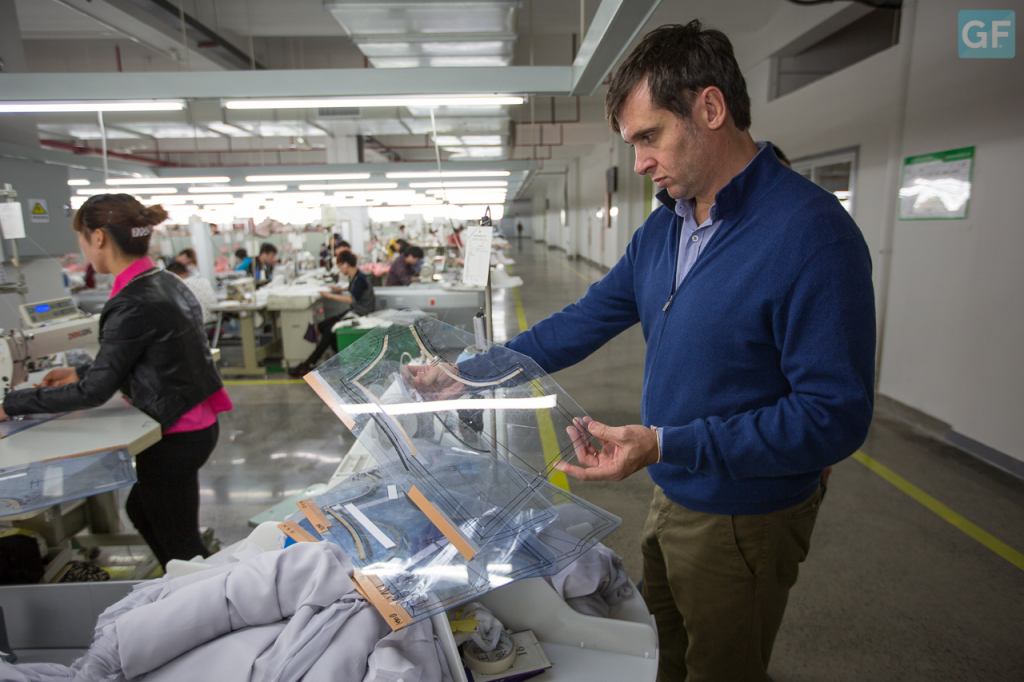
Quality and responsible textile production.
In our current and global textile industry, a garment may contain components of four from five different countries and during its preparation process it can go through factories in different continents. It happens for example that an item made in Vietnam will be distributed through a European logistics hub before being displayed and sold in Shanghai. This successful model of global production and distribution has created a complex situation in terms of quality control and compliance with international standards.
¿How do textile companies manage to control the quality of their products, adapt them to the standards in each market and comply with sustainability?
A formula generated by large distribution chains has primarily been adopted and is currently being used by most of the leading companies in the sector. This formula is the creation and application of their own quality standards which contain the requirement of each of the countries where the final product is marketed.
This is accomplished through a structure that consists of private and external laboratories, a system of inspections throughout the different stages of production by a team of quality control from the brand or from external auditing companies and their visits to the factories. 
Commitment to the client and to the environment.
There is an ever increasing number of textile companies that make a commitment and control the entire sourcing process of their products in order to comply with quality, health, safety and environmental sustainability standards.
The strategy of the textile industry to guarantee the customer a responsible product includes preventive and monitoring measures throughout the process of production: design, materials sourcing, manufacturing structure and systems, coloring and printing, finishing processes, audits at every stage of manufacturing and constant certifications.
Through a new generation of inspection companies that have adopted the latest technological breakthroughs, it is possible to obtain full traceability of the supply process and total visibility of each unit of production.
Safety, health and sustainability standards.
A commitment to the client and the environment requires the application of international regulations in this matter. In addition, many textile companies have developed their own internal standards. A large number of these standards are created, developed and updated with the aid of universities, high technology centers and other relevant organizations in these fields.
The responsibility of producing safe fabrics is not limited only to the control of coloring and manufacturing processes, but it also reaches each and every one of the actors in the supply chain. To that end, training programs are being developed, as well as educational campaigns, advisory services and audits for internal collaborators of the company and external suppliers.
It all starts with design.
Designers and creators of the styles in each collection must be aware of and take into consideration from the very beginning the quality standard of the brand, as well as the ethical parameters of the company in order to create a design and select the adequate materials and processes.
Raw Materials.
The design department selects increasingly those materials and fibers obtained in a more sustainable manner through an efficient forest management with a clear purpose to reduce the use of resources and to avoid polluting the land and water.
The use of organic cotton and recycled materials in the textile industry is increasing.
Analysis of pre-production samples.
The main goal of this series of tests on the prototypes is to check at this early stage that all raw materials –fabrics and accessories—comply with international standards. To that end, chemical tests are conducted in certified external laboratories. Physical tests can also be conducted in the same laboratory or at the internal lab of the brand if it is fit to perform that task.
Test to garments in production.
In addition to the quality inspection of the garment –making, final appearance—by the company team or a third-party hired to perform this job, production samples are collected and sent back to the external labs to certify they comply with international safety standards.
Checks at the distribution hubs of the brand.
Once the garments have been received, they are checked once more inside the brands warehouses, and this feedback is one of the best resources the company has to improve and manage the consequences and claims to their suppliers.
Everything finishes with the correct end of the product life cycle: Textile recycling.
Textile companies go beyond the process of creation of garments and now are involved even in the management of used and discarded products.
In their commitment to the environment it is now considered a priority to move towards the correct management of garments and footwear that have reached the end of their life cycle. The goal is to provide an adequate closure to their life cycle with a strategy focused on circular economy that promotes collection and textile recycling.
The alternatives that are currently being applied are the re-use of garments or footwear without any modification; the reuse of part or components of an item or its complete recycling to obtain a new product. The goal is to prevent by all means discarded products from ending up in a landfill. In fact, their incineration to produce energy is preferred to that other alternative.
A sustainable, responsible textile industry will generate an attractive and friendly product that will add value to consumers and the planet.












































